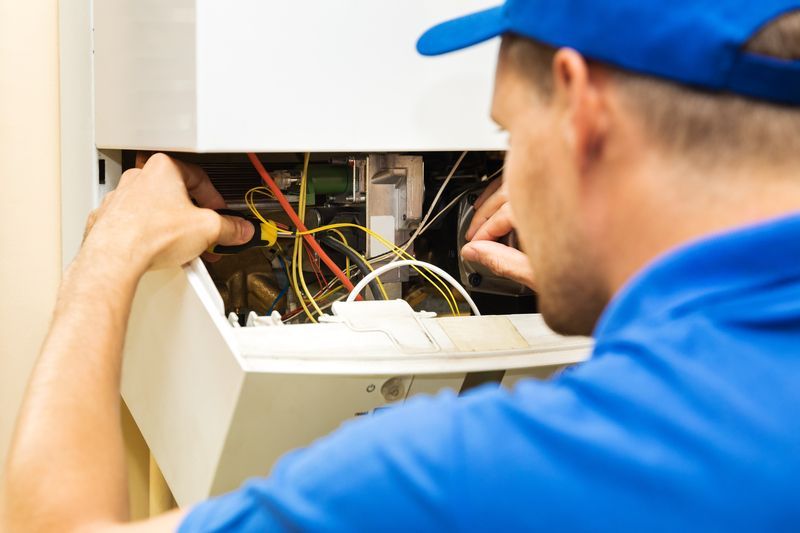The intricate labyrinth of cabling that powers our increasingly connected world is governed by a strict set of industry standards. These standards are not merely guidelines; they are critical benchmarks that ensure safety, functionality, and interoperability in a complex network infrastructure. Navigating through these standards calls for a dedicated adherence to compliance, an understanding of the risks of non-adherence, and a reliance on the expertise of certified professionals. As technology evolves and the demand for data increases exponentially, the impact of these standards becomes even more pronounced, beckoning a closer examination of their role in the technologically driven spaces of today and tomorrow.
Understanding Cabling Standards
Cabling standards are developed by accredited organizations to provide a uniform framework for the design, installation, and maintenance of network cabling. These standards cover a wide range of considerations, including but not limited to performance parameters, connector types, and layout best practices. Adherence to these standards is essential for ensuring that cabling infrastructures are efficient, reliable, and capable of supporting current and future technology demands.
The Importance of Compliance
Compliance with cabling standards is a non-negotiable aspect of network infrastructure. It guarantees that systems are up to par with the industry's benchmarks for quality and performance. This compliance is crucial not just for the operational integrity of a network but also for ensuring compatibility between different hardware components. Furthermore, compliance reduces the likelihood of costly downtime and provides a scalable foundation that can evolve with technological advancements.
Consequences of Non-Adherence
Ignoring cabling standards can lead to various risks and repercussions. At the most basic level, non-compliant cabling can result in poor network performance, including data transmission errors and slower speeds. More significantly, it can pose safety hazards due to increased potential for electrical fires or signal interference. Furthermore, non-adherence can lead to violations of building codes and industry regulations, which can have legal and financial implications.
Ensuring Compliance with Cabling Standards
To ensure compliance, businesses and IT professionals must stay informed about the latest standards and incorporate them into all stages of cabling projects—from planning and installation to testing and certification. Regular audits and assessments of existing cabling infrastructure can also identify areas that require upgrades or changes to meet the current standards.
The Role of Certified Cabling Professionals
Certified cabling professionals are indispensable assets in the pursuit of standard-compliant installations. With their extensive training and expertise, they are equipped to handle the complexities of network cabling with an emphasis on adherence to the latest standards. Certification programs offered by industry-recognized organizations validate a professional's competency and commitment to quality in cabling practices.
Impact of Non-Compliance on Business
The business implications of non-compliant cabling are far-reaching. Network failures or inefficiencies can lead to significant productivity losses, and the financial burden of rectifying non-compliant cabling can be substantial. Considering that data is the lifeblood of modern businesses, any disruption or degradation in data transmission can have a direct impact on the bottom line.
Navigating Changes and Updates in Standards
The dynamic nature of technology means that cabling standards are regularly updated to reflect new innovations and practices. Keeping abreast of these changes is crucial for maintaining compliance. Professionals must engage in continued education and training to ensure their practices remain aligned with the latest standards.
Quality Assurance and Testing Protocols
Quality assurance processes and strict testing protocols are central to verifying compliance with cabling standards. These evaluations often involve comprehensive testing for performance metrics such as signal strength, bandwidth capabilities, and data transmission rates. Proper documentation of testing results also serves as evidence of compliance and can be a valuable reference for future auditing or troubleshooting.
Reducing Risks Through Proactive Compliance
A proactive approach to compliance can significantly mitigate the risks associated with non-compliant cabling. By prioritizing standards from the inception of a cabling project, potential issues can be addressed before they escalate into more significant problems. This forward-thinking strategy not only ensures operational excellence but also solidifies a company's reputation for reliability and quality.
The Advantages of Engaging with Expert Consultants
Sometimes the complexities of cabling standards necessitate expert guidance. Consultants who specialize in network infrastructure can provide valuable insights into achieving and maintaining compliance. Their expertise can streamline the installation process, prevent oversights, and ensure that cabling infrastructures are optimized for performance and scalability.
Navigating through the intricate requirements of cabling standards is a task that demands diligence, foresight, and a deep understanding of the implications of non-compliance. By acknowledging the vital role of compliance in network cabling, recognizing the risks involved in neglecting these standards, and engaging with certified professionals, businesses can fortify their network infrastructure against the vulnerabilities of non-adherence. The intersection of compliance, risk management, and professional expertise forms the bedrock of successful cabling practices that stand the test of time and technology's relentless progression.
Discover the peace of mind that comes with a fully compliant cabling system by choosing our expert services. Our team of certified professionals is dedicated to ensuring your network infrastructure meets and exceeds industry standards. Don't compromise on the reliability and safety of your network. Connect with us today to learn how we can tailor our services to your unique needs and keep your business ahead of the curve.











Our Licenses
Idaho - Contractor RCE-38750
Public Works PWC-C-10922-AA-4
Washington – Contractor #DATACCS781M7, Telecommunications
Nevada – Contractor 0073841, Class C-2D
California – Contractor 937948, Class C-7